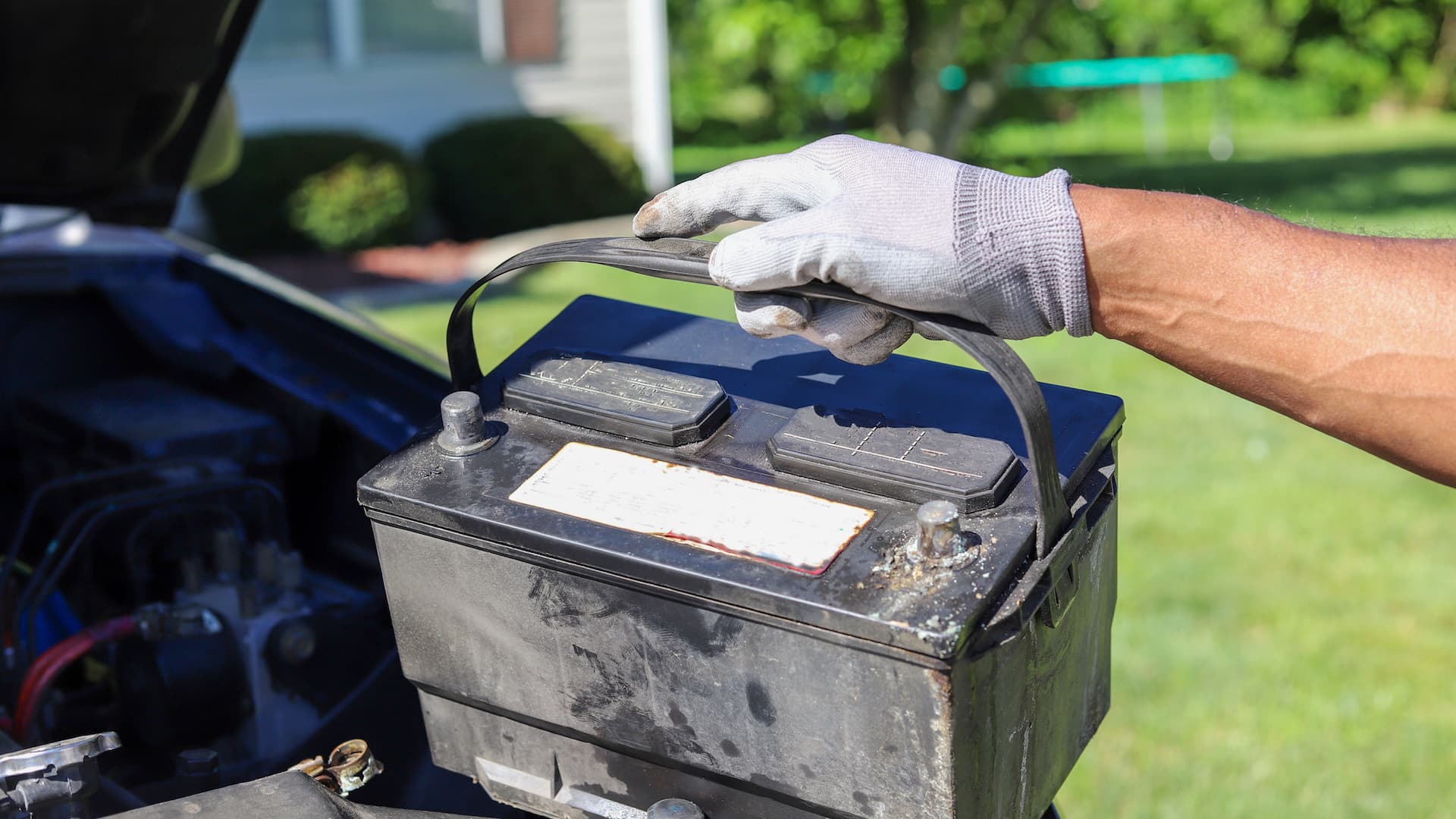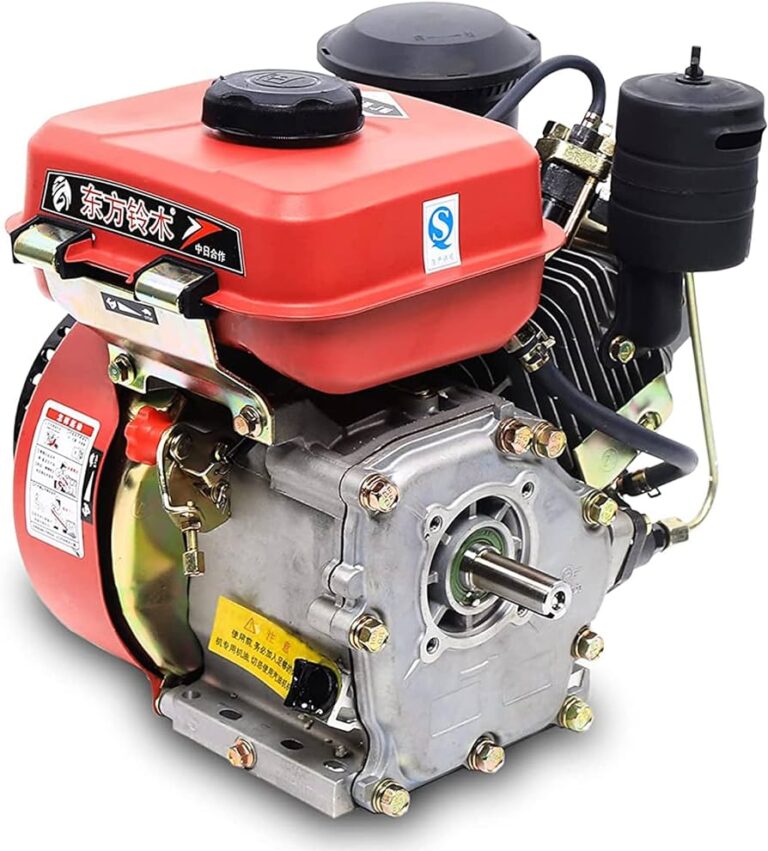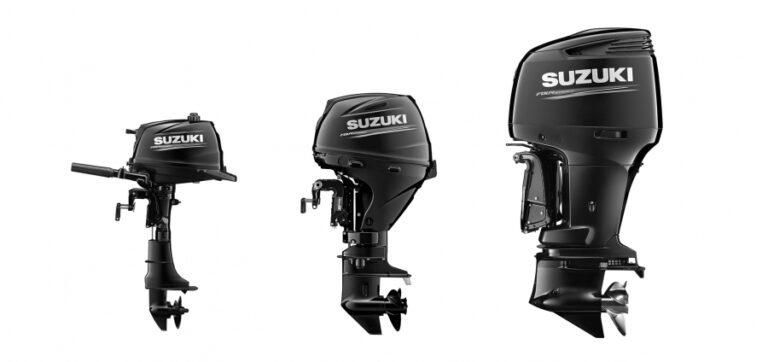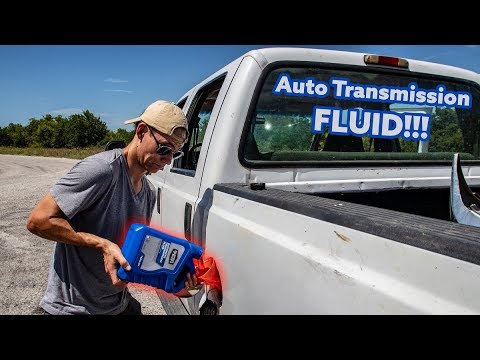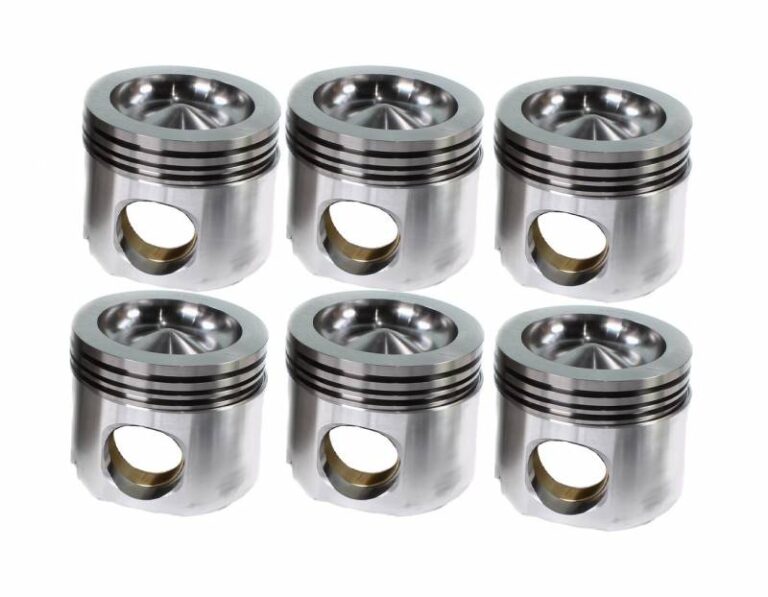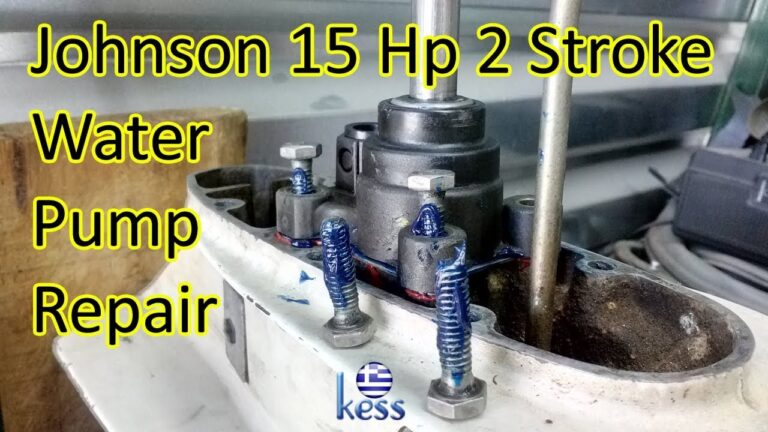Car Battery Low on Water Symptoms: How to Identify and Resolve
Car battery low on water symptoms include reduced battery power, not charging fully, and reduced battery lifespan. Neglecting to maintain the water level in a car battery can lead to poor performance, increased heat, accelerated corrosion, and sulfation.
It is important to regularly check and fill the water level in a car battery to ensure optimal performance and longevity.
Importance Of Maintaining Optimal Water Levels In A Car Battery
|
Importance of Maintaining Optimal Water Levels in a Car Battery Keeping the water level in a car battery at an optimal level is crucial for ensuring its longevity and performance.
It is recommended to check the water level before charging the battery and ensure enough water covers any exposed plates. Add enough water after charging to bring the level to the bottom of the vent, about ¾ below the top of the cell. Most car batteries are sealed and do not require topping up occasionally. Watering the battery helps restore the level of the electrolyte, keeping the plates submerged and preventing any short circuits caused by low water levels. |
Symptoms Of A Car Battery Low On Water
| Symptoms of a Car Battery Low on Water |
| Slow Crank: A slow crank when starting your car can be a symptom of a car battery low on water. This is because a low water level can prevent the battery from generating enough power to start the engine efficiently. |
| Corrosion around the Battery Posts: Another symptom of a car battery low on water is corrosion around the battery posts. When the water level is low, the battery becomes more susceptible to corrosion, which can interfere with the proper flow of electricity. |
| Swollen Battery Case: If you notice that the battery case is swollen or bulging, it could indicate a car battery low on water. When the water level is insufficient, the battery can overheat and cause the case to expand. |
| Insufficient Battery Fluid: One of the most obvious symptoms of a car battery low on water is insufficient battery fluid. You can check the fluid level by removing the battery caps and visually inspecting the electrolyte levels. If the fluid level is below the recommended mark, it’s a sign that the battery needs water. |
How To Identify Low Water Levels In A Car Battery
Keeping the water level in a car battery at an optimal level is crucial for ensuring its longevity and performance. Neglecting the water level can lead to poor battery performance, increased heat, accelerated corrosion, and sulfation. It is important to regularly assess the existing fluid levels in the battery. To do this, start by cleaning the battery and opening the ports. Remove any dirt or debris that may have accumulated on the battery. Then, carefully open the ports using the appropriate tools. Once the ports are open, visually inspect the fluid levels. Adjust the fluid levels if necessary by adding distilled water. Avoid overfilling the battery as it can lead to diluted electrolytes. Regular maintenance and monitoring of the water levels in the car battery can help ensure its proper functioning.
Consequences Of Neglecting Water Levels In A Car Battery
|
Consequences of Neglecting Water Levels in a Car Battery: Poor Battery Performance: Neglecting the water level in a car battery can result in poor battery performance. When the water level is low, there may not be enough electrolyte to generate a sufficient charge, causing the battery to struggle while starting the vehicle. Increased Heat: Insufficient water levels can lead to increased heat within the battery. This heat can cause damage to the internal components and reduce the overall lifespan of the battery. Accelerated Corrosion: When water levels are neglected, the battery terminals and connections can become corroded. Corrosion hampers the flow of electricity and can result in a weaker or dead battery. Sulfation: Low water levels can lead to sulfation, where sulfate crystals build upon the battery plates. Sulfation decreases battery capacity and may require the battery to be replaced. It is crucial to maintain the water level in a car battery to ensure optimal performance and prevent these consequences from occurring. |
Resolving Low Water Levels In A Car Battery
| Resolving Low Water Levels in a Car Battery |
| Checking Water Levels Monthly |
|
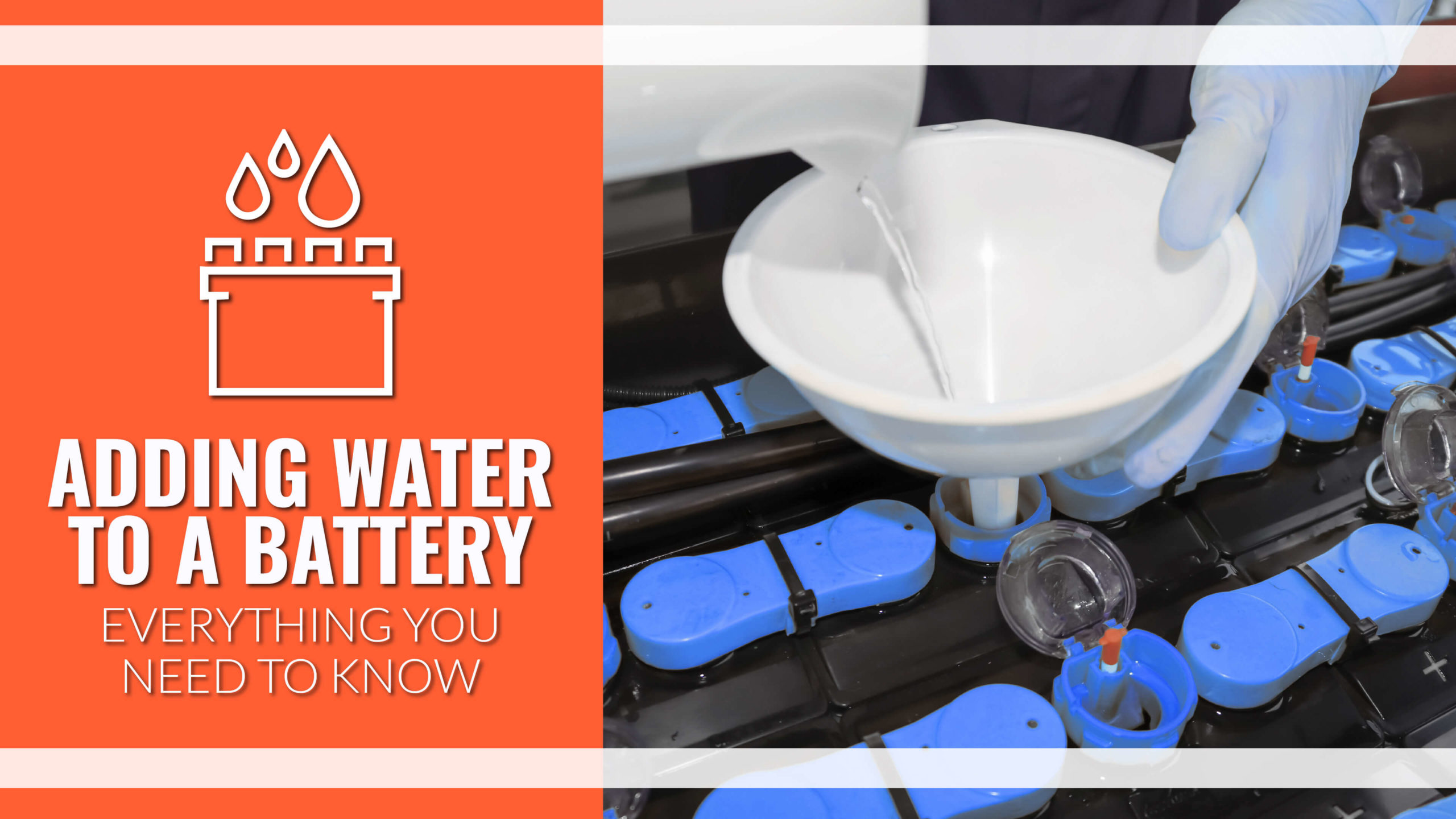
Credit: www.foxtronpowersolutions.com
Faqs
-
What happens if the water level in a car battery is low?
Keeping the water level in a car battery at an optimal level is crucial for ensuring its longevity and performance. Neglecting the water level can lead to poor battery performance, increased heat, accelerated corrosion, and sulfation. -
How do you know if you need to add water to a battery?
While a battery should only be filled after it is ultimately charged, you should also check the water level before charging to ensure enough water covers any exposed plates. After charging, add enough water to bring the level to the bottom of the vent, about ¾ below the top of the cell. -
How often should I add water to my car battery?
Most car batteries are sealed and so don’t lose water and don’t require that they be topped up occasionally. If you can add water, then you are merely replacing water that evaporated during charging, restoring the level of the electrolyte in the battery so that the plates stay submerged.
Frequently Asked Questions Of Car Battery Low On Water Symptoms
What Happens If Water Level In Car Battery Is Low?
If the water level in a car battery is low, it can result in poor performance, increased heat, accelerated corrosion, and sulfation. It is important to keep the water level at an optimal level for the battery to function properly and last longer.
How Do You Know If You Need To Add Water To A Battery?
To determine if you need to add water to a battery, check the water level before charging to ensure all exposed plates are covered. After charging, add water until it reaches the bottom of the vent, about ¾ below the top of the cell.
Neglecting the water level can result in poor battery performance, increased heat, corrosion, and sulfation.
How Often Should I Add Water To My Car Battery?
To maintain optimal performance, check the water level in your car battery before charging and add enough water to cover the exposed plates. Most sealed car batteries don’t lose water and don’t need frequent topping up. Only replace water that has evaporated during charging.
Can Water Short Out A Car Battery?
Yes, water can short out a car battery by spreading and creating a connection between the positive and negative terminals, or between the positive terminal and the car chassis. This can result in reduced battery power, incomplete charging, and shortened battery lifespan.
Conclusion
To ensure the longevity and performance of your car battery, it is crucial to maintain the water level at an optimal level. Neglecting this can result in poor battery performance, increased heat, accelerated corrosion, and sulfation. Some symptoms of a low battery water level include reduced battery power, incomplete charging, and a shorter battery lifespan.
Therefore, regularly checking and topping off the water level in your car battery is essential for its proper functioning. Don’t overlook this simple maintenance task to avoid potential battery issues in the future.

